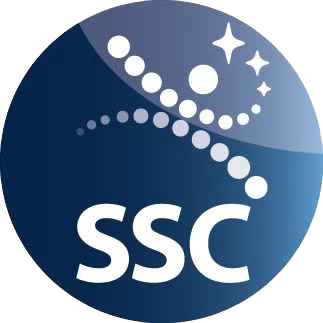Keep Open Source Infrastructure Secure
Open source software powers much of the world’s IT infrastructure but keeping it secure and performant — not to mention cost-effective — is a heavy lift. Perforce's comprehensive technical support and services for open source software keeps companies secure, compliant, and within budget.
Perforce Keeps Business Reputations — and Revenues — in Good Standing
Get comprehensive technical support and services for open source software in one place.
Reduce Cost and Complexity
Lessen line items and lower the bottom line with a single support vendor.
Ensure Security and Compliance
Stay current with updates and patches, even for end-of-life open source software.
Access In-House Level Expertise
Get guidance from world-class open source experts and enterprise architects.
Strengthen Your Business with Open Source Management
Open Source Software Long-Term Support (OSS LTS)
Perforce LTS services deliver long-term support for end-of-life (EOL) versions of popular open source technologies, including PHP, CentOS, AngularJS, and Bootstrap.
- Maintain compliance, even when working with EOL OSS.
- Maintain open source security of EOL OSS with patches that address critical and high-severity CVEs.
- Give your teams more time to migrate to supported versions or technologies.
Open Source Software (OSS) Technical Support
Perforce offers SLA-backed technical support for more than 400 open source technologies, including popular web infrastructure, database, middleware, operating system, SDLC, cloud-native software, and cloud-native solutions. Get platform agnostic open source support.
- Ensure compliance with SLA-backed technical support for mission-critical OSS.
- Get expert support, up to 24/7/365.
- Consolidate technical support costs by working with a single support vendor.
Open Source Software Professional Services
Perforce provides a full range of expert professional services, from software migration and modernization services to administration, training, and consultative services.
- Ensure migration and modernization projects are completed on time and on budget.
- Extend your bench with on-demand open source expertise.
- Chart a stable path ahead with guidance from highly experienced OSS experts.
Outperformers Prevail With Perforce
Perforce delivers a DevOps Edge to the world’s outperformers, empowering them to build, manage, and maintain high-stakes applications — from code to business-ready.
View Customer Stories




Get the Power of Perforce Today
Manage complexity, achieve speed without compromise, improve security and compliance, and run your DevOps toolchains with full integrity.



